Topics
Ball’s Orange Calendula - First Aid Remedy and Garden Delight
Medicinal herbsCalendula officinalis is a beautiful annual flower. It is one of the easiest flowers to grow from seed, and the bright orange blossoms of the Ball’s Orange variety will light up your garden. True heirloom calendula seeds are not the same as the indelible marigolds you buy from a garden store. Calendula officinalis petals are flat and daisy-like. Marigold petals are ruffled. Heirloom calendula is edible and has medicinal properties.

Calendula blooms can be two to three inches across with more flowers than greens. And the colorful flowers attract bees and ladybugs to the garden.
Is Calendula a flower or an herb?
Calendula is both a beautiful annual flower and a medicinal herb. Heirloom calendula varieties mature quickly and produce continuous blooms, making them popular in flower gardens. In addition, the vibrant color of calendula blooms has been used for centuries to dye fabrics, foods, and cosmetics. Sometimes called “poor man’s saffron,” it adds color rather than flavor to rice and baked dishes.
Calendula - Ball's Orange
This popular heirloom variety is an easy-to-grow annual flower with bright orange double blossoms on strong, tall stems and attractive dark green foliage.
Makes an outstanding cut flower.
May be used for culinary and medicinal purposes.
How to Grow Calendula
Calendula is easy to grow from seed
Seeds can be started indoors 6-8 weeks before the last frost. They can also be directly sown in the garden right before the last frost or anytime in the early spring or late summer. Calendula seeds can germinate at 55 to 60 degrees. Once planted, the seeds will germinate in 7-14 days. However, light keeps them from germinating, so ensure you cover them with 1/4” of soil. Calendula will grow to maturity and start blooming in just 6-8 weeks.
Grow calendula in a sunny location
When selecting a location for planting, choose a sunny location with rich soil that drains well. Calendula doesn’t tolerate heat as much as other herbs and will survive in a partially shaded spot. A spot with morning sun and afternoon shade will help the plants stay cool and blooming. Calendula grows well in containers as long as the containers drain well. Just make sure you have good rich potting soil.
Powdery mildew can be a problem for calendula. To help prevent this, allow the plants to have enough room for good air circulation.
Water calendula regularly
Keep a regular watering schedule to help the soil remain moist without water logging the roots. In the hot summer heat, calendula may stop flowering. It will then go to seed and stop growing unless you pick the flowers. When it eventually cools back down, it will resume blooming. Adding mulch around the plants will help keep them from drying out. They don’t usually need fertilizer, but phosphorus will encourage more blooms.
Keep calendula blooming
Healthy calendula plants have more blooms than foliage. Keep picking the flowers, and they’ll keep growing more. The plants will re-bloom in about 2 weeks. Calendula will even bloom and grow through the winter in temperate regions. Once a hard frost kills off the plants, you can pull them out and add them to your compost.
Pollinators love Calendula,
so expect to see lots of bees,
butterflies, and other beneficial insects
visiting your garden.

Medicinal Uses of Calendula
While Calendula officinalis is edible, it is not prized for its flavor, which is often described as spicy and bitter. However, calendula is valued for its medicinal benefits.
- Calendula has long been used for its anti-inflammatory, anti-fungal, and astringent properties.
- It is a traditional remedy for burns, wounds, and rashes. It has been documented to encourage skin healing and may also help stop bleeding, which makes it a great choice as a first-aid herb.
- Calendula is added to creams and ointments for external use on acne, eczema, psoriasis, rosacea, dandruff, fungal nail infection, ringworm, and athlete’s foot.
Calendula for Soothing Skin
Calendula can soothe all kinds of skin irritations and wounds from acne, eczema, and skin ulcers. Calendula aids in the healing process and can be applied to both open and closed wounds.
- To make a medicinal-strength calendula tea, boil 2 cups of water and pour over 2 tablespoons of calendula petals. Let it cool. Drain off petals or use them to apply as a paste to skin ulcers.
- To help skin heal, soak compresses in calendula tea and apply twice a day.
- Steep dried petals in warm oil to make an ointment that soothes irritated skin.
Cautions: Calendula may cause or promote uterine contractions - Avoid internal use during pregnancy. Allergic reactions can occur in people with allergies to plants in the Aster family.
Calendula for Dogs
Calendula has been used for years to treat dogs. Studies have shown calendula helps manage mange, eases itchy skin, and assists in healing wounds.
- Use medicinal-strength calendula tea to spray directly on the fur of itching dogs.
- Rinse wounds with calendula tea.
- To stop bleeding, press a tea-soaked compress on the wound.
- To accelerate wound healing, apply a tea-soaked compress directly to the wound.
Harvesting and Storing Calendula
To harvest calendula for drying, cut the flowers when they are fully bloomed. The whole flower head can be dried, and then the petals removed, or remove the petals and dry them separately. Place the flower heads or petals in a dry, well-ventilated space away from sunlight. The petals are dry enough for storage when they crush or break instead of bending. Store dried petals in airtight containers away from light.
To collect seeds for the next growing season, let the blooms continue growing until they go to seed. Then, you can let calendula self-sow or save the seeds to plant where you want them to appear next season.

Learn more about growing herbs from seed with these articles from our Planter's Library.





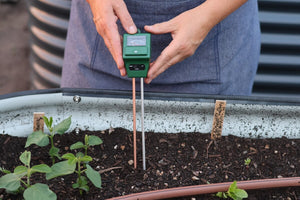
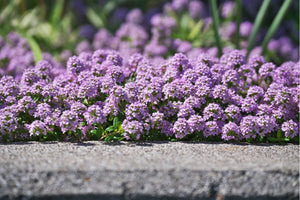
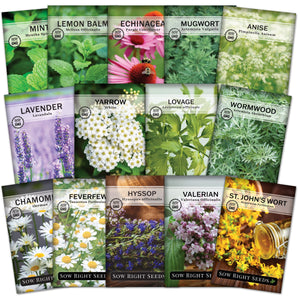
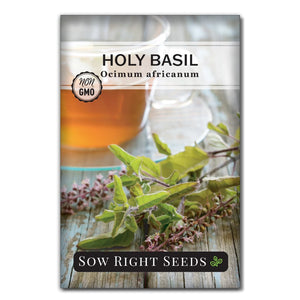
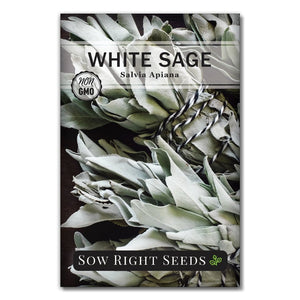
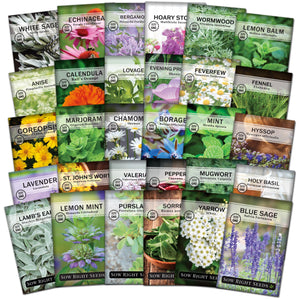
Leave a comment